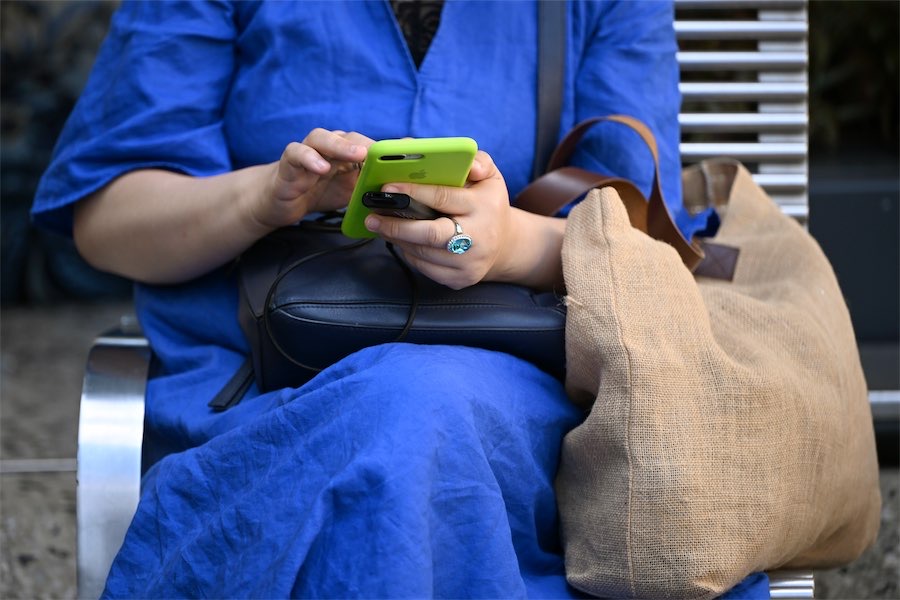
THE Australian National University (ANU) will lend expertise in plant biology to an ambitious mission led by Australian space start-up Lunaria One that aims to grow plants on the moon by as early as 2025.
Lunaria One’s Australian Lunar Experiment Promoting Horticulture (ALEPH) will be the first in a series of experiments to investigate whether plants can not only tolerate but thrive on the lunar surface.
The project is an early step toward growing plants for food, medicine and oxygen production, which are all crucial to establishing human life on the moon.
Associate Professor Caitlin Byrt, from the ANU Research School of Biology and the ANU Institute for Space (InSpace), said the mission presents a “unique” opportunity for scientists to apply knowledge of plant germination resilience to determine the types of plants that could tolerate harsh environments such as the moon.
“Space is an exceptional testing ground for how to propagate plants in the most extreme of environments,” said Byrt.
“The extreme conditions that Earth is facing due to climate change present challenges for how we manage food security in the future.
“If you can create a system for growing plants on the moon, then you can create a system for growing food in some of the most challenging environments on Earth.”
The mission is an international collaboration between a number of institutions, including Queensland University of Technology (QUT), RMIT University, ANU and Ben Gurion University in Israel, as well as industry bodies.
The types of plants sent to the moon will be carefully selected based on how quickly they germinate and their tolerance to extreme temperature swings experienced in space.
One of the plants to be considered is an Australian native resurrection grass known as Tripogon loliiformis that can endure harsh conditions and survive in a dormant state for months without any water.
“Even after losing more than 95 per cent of its relative water content, the dead-looking grass remains alive and pre-existing tissues flourish when provided with water,” Dr Brett Williams, a plant biologist from QUT, said.
The seeds and “resurrection” plants will be transported in a specially designed chamber on board SpaceIL’s Beresheet 2 spacecraft. The chamber will contain sensors, a camera and water.
After landing on the lunar surface the plants’ growth and general health will be monitored for 72 hours and data and images will be beamed back to Earth.
Citizen scientists and school children from around the world will be invited to use the data to conduct their own experiments to identify which plant varieties have the best chance of growing on the moon.
Who can be trusted?
In a world of spin and confusion, there’s never been a more important time to support independent journalism in Canberra.
If you trust our work online and want to enforce the power of independent voices, I invite you to make a small contribution.
Every dollar of support is invested back into our journalism to help keep citynews.com.au strong and free.
Thank you,
Ian Meikle, editor









Leave a Reply